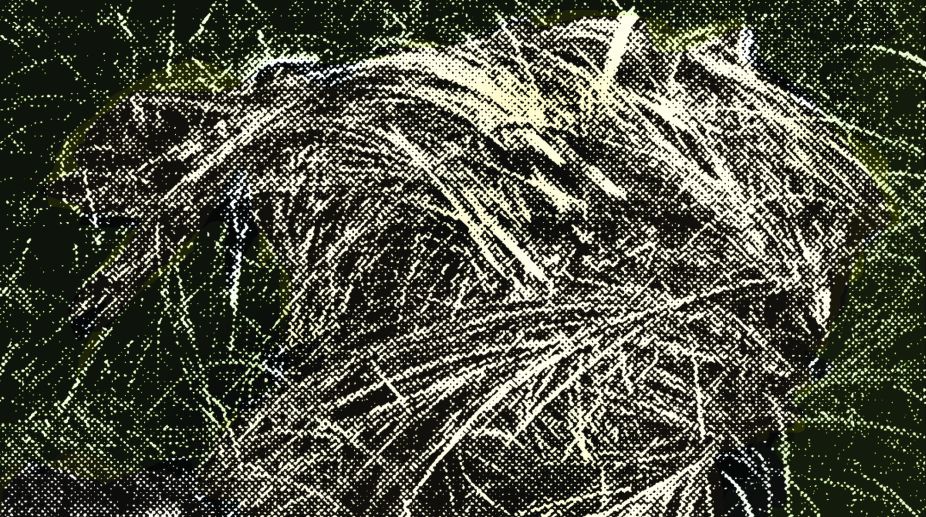Courage, Heroism
The pages of Bengal’s centuries-old history are filled with ‘cries of despair’ and macabre events, posing challenges for generations of…

Representational Image
In September the grass was four-foot high on the forest floor. It covered the banks of the nullahs, and the more open tree forests, in continuous belts, and was just getting coarse, but was green still.
I was approaching a nullah through such a belt, when from the grass on the slope dipping gently down from me to the stream-bed, I heard a series of eruptive snorts and grunts.
They were loud and violent, and the Kuruba who was with me thought it was a leopard, but I knew instantly it was a pig’s voice. We stopped at once, and scanned the ground beneath us carefully, but saw nothing. Cautiously we advanced a few steps, and suddenly a young boar bolted from the grass right in front of us and disappeared into the nullah.
Advertisement
The grunting and the snorting continued, and came from some distance in front of us, from 40 yards away. For a moment I thought it might be two boars fighting, but then boars choose more open ground to fight in and, moreover, I should have been able to see the heaving, circling combatants and probably also hear the clashing together of their tusshes.
Then I saw where the sounds came from, a huge, heaving mound of grass just above the nullah on our side of the bank, and realized that it was a sow making her nest to farrow in.
I had not seen the sight before, but had heard of it, and knew what it was the moment I set eyes on the agitated mound of grass. Dunbar Brander has an excellent account of this nest building by sows about to litter, an account that I quote, for it cannot be bettered.
He says, “The mother makes a regular nest by tearing up long flag grass by the roots and arranging the grass in a large circular heap like a huge daisy with the thick ends inwards; she then burrows underneath and prises the whole mass upwards. It remains more or less in that position and the family shelter therein… I once saw a sow actually giving birth to her young beside one of these shelters which had been constructed beforehand, but the most remarkable thing was that a young boar of barely warrantable size (25 inches) assisted her.”
I could not see the sow heaving up the mound of grass to create the hollow within it, but could hear every grunt, and even her heavy breathing and each quiver and rise of the grassmound. Apparently the exertion inspired the sow’s short, explosive grunts–I was reminded, irrelevantly but irresistibly of the rhythmic snatches sung by coolies when doing some specially strenuous bit of tugging.
I felt a powerful desire to creep closer and possibly gain a glimpse or two of the sow preparing for her labour, but realizing that we had already panicked the young boar and might only succeed in alarming the sow, suppressed my curiosity and went quietly away.
In the course of my circuitous retreat I noticed three other mounds in that belt of grass, all of them partly disintegrated and open, and with their grass withered, light brown, and contrasting sharply with the green of the live grass all around.
Was that young boar standing on watch? Very likely. Perhaps later he would have assisted the sow in labour as Dunbar Brander saw a young boar doing. What impressed me most was the size of the pig’s nest and its symmetry. No other large beast takes the pains to prepare so carefully for the important event of giving birth.
Of what protective value is the nest to the sucklings? Probably of quite considerable value. It serves to hide them effectively and, till it withers and turns light brown, does provide a most unobtrusive screen against predators.
This was published on 18 September 1967
Advertisement